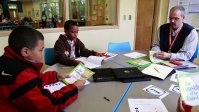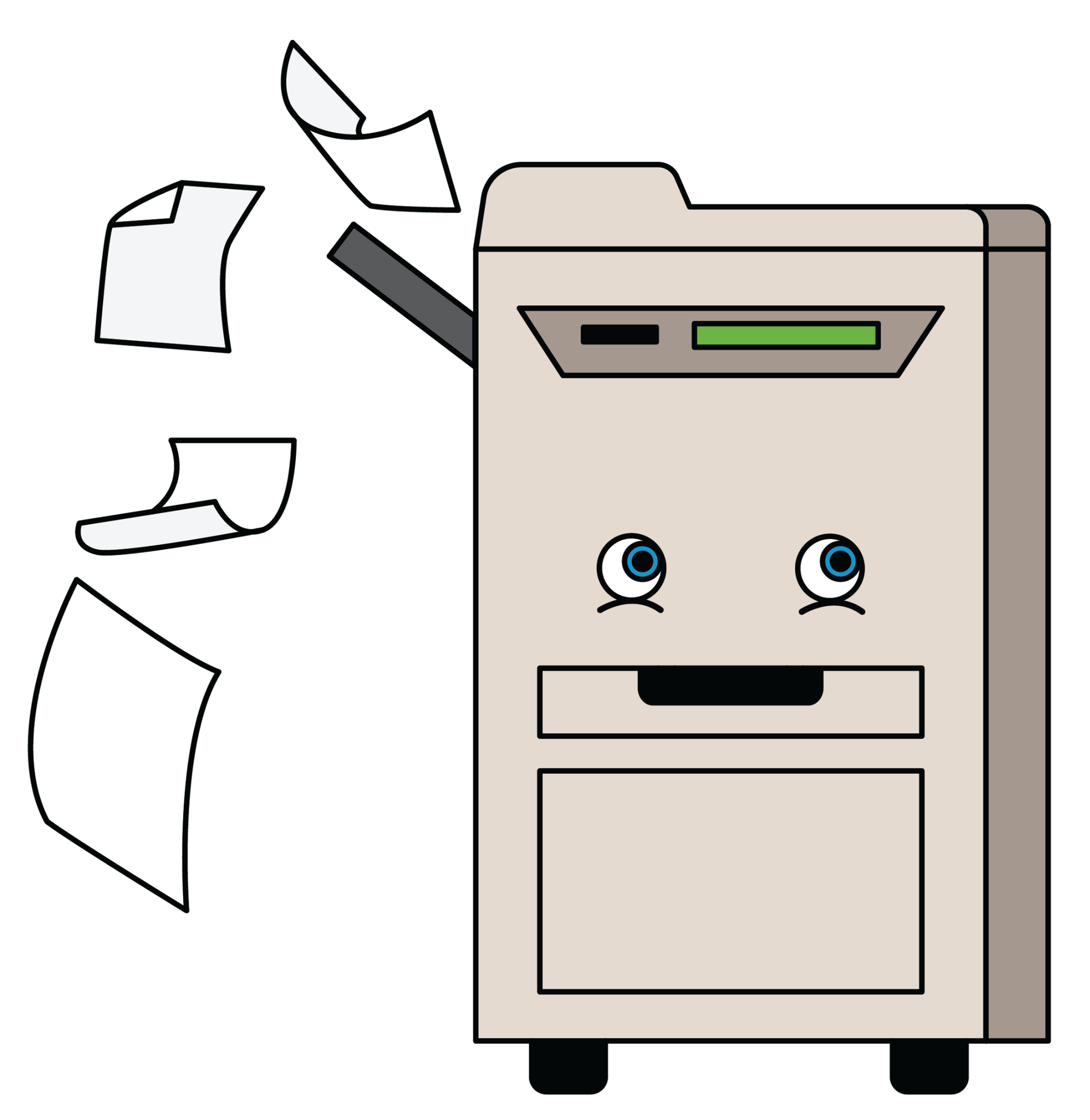Developing a Multi-Tiered System of Supports
Teacher collaboration is essential for this system of differentiated instruction to work.
Your content has been saved!
Go to My Saved Content.P.K. Yonge Developmental Research School’s Multi-Tiered System of Supports (MTSS) is a framework used to meet the needs of every student. The school has implemented grade-level Student Success Team meetings with a cross-functional team that plans for, monitors, and evaluates both the academic and behavioral needs of each student, instead of having two separate teams.
Together, the teachers and support staff collaborate to analyze student data and make action plans. Those in need of additional academic support are identified, and interventions are planned and monitored. Additionally, opportunities for students exceeding benchmarks or in need of a challenge are developed.
P.K. Yonge has used the MTSS since 2006. Every student receives core instruction, known as Tier One. Some students need supplemental instruction, which is referred to as Tier Two, and a small cohort of students receive the most intensive intervention and supports, known as Tier Three.
Academic supports are integrated with behavioral supports in the MTSS framework. See how this school provides behavioral support for every student.
How It’s Done
Using Data to Personalize Instruction: The Student Success Team (SST) makes all decisions about tiered instruction. The team is made up of the K–12 MTSS support specialist, the learning community leader, all of the core teachers, administrators, guidance counselors, speech and language pathologists and sometimes occupational therapists. Additional people are brought in on an as-needed basis, and parents are consulted on all decisions.The SST meets every four-and-a-half weeks across K–12.
Determining Tiers: For academic instruction, the majority of students get their needs met through core, or Tier One, instruction. P.K. Yonge uses a standard measure of 80 percent effectiveness for students hitting targets in core instruction. Tiers Two and Three are seen as deep, meaningful support for students, not as Band-Aids for what’s not working in Tier One. If less than 80 percent of students are succeeding in Tier One, then Tier One instruction needs to be strengthened. Typically, Tier Two has about 15 percent of students, and Tier Three about 3 to 5 percent.
Each tier builds upon what’s happening in the tier before it. For example, in reading, core instruction could be centered on comprehension strategies and specifically inferring, and then Tier Two would be supplemental instruction on inferring.
For Tier One, the student-teacher ratio is approximately 22-to-1; for Tier Two, approximately 6-to-1; and for Tier Three, between approximately 3-to-1, and occasionally 1-to-1.
Collecting Data: The SST collects a variety of data that helps determine how students are doing, and what specific supports they need. At the elementary level, the school uses measures like DIBELS progress monitoring, Fox in a Box diagnostic measures, and a Gates-MacGinitie reading test. The school also analyzes the outcomes of the annual state reading test for the third grade and above. For math, it has used standardized measures that include AIMS and GMADE. It is important that measures are valid and reliable and generate some kind of norming or statistical information that will help faculty know how students are doing as compared to students across the classroom, district, or nation.
In the sixth to 12th grades, the faculty spend a lot more time looking at students’ grades, attendance, and discipline records. They may also look at some district measures or class-made assessments to determine students’ progress in their skill development. All of the conversations in the upper grades include an analysis of state and national testing as appropriate.
Questions Used to Monitor Progress: The SST looks at all the data for every student in the school and then determines an action plan based on the following questions:
- What percentage of students are getting their needs met through core (Tier One) instruction?
- Which students need supplemental instruction in a Tier Two configuration?
- How is the supplemental instruction defined? There can be multiple Tier Two defined supports—some students may need to work on a certain set of skills, while other students have different needs.
- What about students already in Tier Two—how are they progressing? Are there students in Tier Two who may need Tier Three supports?
- How are students already in Tier Three doing?
The SST works diligently to have a sustained period of time that students receive the intervention to see if it’s effective. Students are typically in Tier Two for at least four-and-a-half weeks, and in Tier Three from nine to 27 weeks, with progress being monitored on a regular basis.
Students who need Tier Three support for significant periods of time beyond 27 weeks may receive placement in exceptional student education, to receive an IEP, an EP, or a 504.
Using Individual Strengths: Teachers organize themselves around tiered instruction in a variety of different ways depending on teacher strengths and student needs. When Tiers Two and Three are defined, teachers determine who leads a particular part of the instruction based on their individual strengths or on students in that tier who respond well to them.
During instruction time, all teachers teach core instruction to their 22 students for about 30 minutes. Then everyone moves into Tier Two, Tier Three, or autonomous time for another 30 minutes. Another rotation then occurs, and teachers and students reorganize themselves again. At all times, teachers are either leading a tiered group or supervising autonomous time.
Teacher Collaboration: At P.K. Yonge, all core teachers in each grade level have a common daily planning time. While they may quickly check in during this time, it is really during the weekly learning community meetings that they have time to talk about instruction and students. Collaboration continues in the SST meeting, where the focus is on data assessment and problem solving.
Trust and communication are developed between teachers within the learning community to talk about the students they share and the work they’re doing across the tiers.
Reducing Stigma: One of the things P.K. Yonge has worked hard on is reducing the labeling and stigmatism that can go with being identified as a student who needs more support. Some of that normalizing and making students feel safe comes from the ways the school has organized personnel, and some from the ways faculty try to balance “pushing in” and “pulling out.” The staff strive to ensure that there’s not a certain cohort of students who are always in Tier Two or Three in all subjects. As the school’s director, Lynda Hayes, says, “It can be quite an orchestration. We don’t always accomplish that, but that’s always our goal: How do we make this seamless and as normal for all of our students as possible?”

